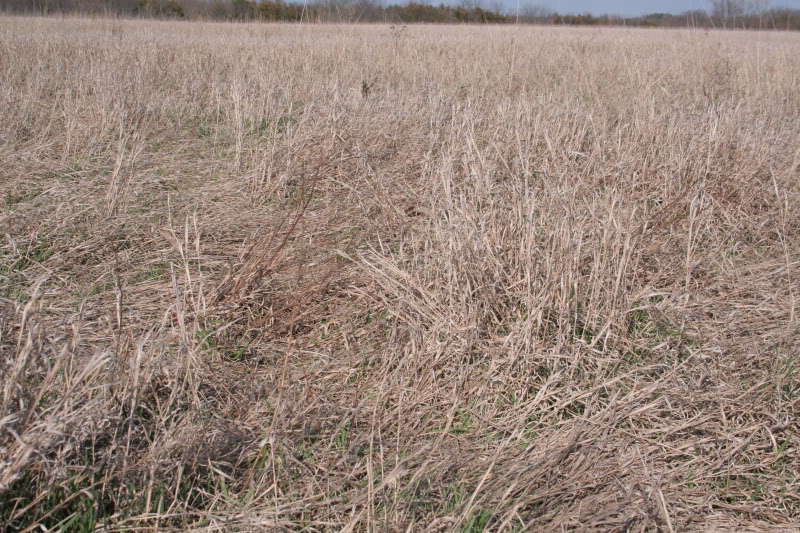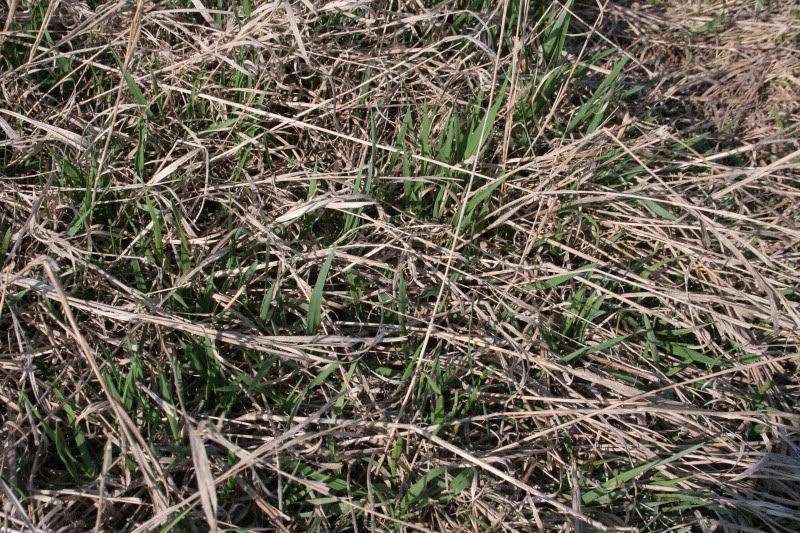dbltree
Super Moderator
The biggest weed problem I have is pig weed.
GRRRR! Don't get me started...I hate pigweed! :thrwrck:


The biggest weed problem I have is pig weed.
Unfortunately there is little you can do this time of year...BEST plan is to get it done properly next summer/fall and seed next winter.
Dbltree,
Ok sorry if Im beating a dead horse. But Im itching to plan something, anything to provide soft edge along the roadways and field edges on my farm. The areas I want this in is currently an old hay crop. Is their any kind of medium to tall grass that I can plant having not done soil preparation last fall?
http://extension.agron.iastate.edu/NPKnowledge/soiltemphistory.html
Map showing soil temps across Iowa. With this weather, I am concerned things will be popping up earlier than normal. Just something I'm watching just in case it seems to be a bit earlier spring/summer this year.


How long before a rain does Atrazine have to be applied to work. Lets say i spray at 2pm and it rains early evening. Would this be ok?
If I am doing a heavy dose of atrazine do I still need to do a treatment of gly? Does atrazine only work as a pre-emergent? Thanks for the help!
What effect does Atrazine have on success rates of first year stands vs no -atrazine? Is it night and day or just " a little" better per any of your experience?
I am more curious than anything as we are establishing some SG and will have it put on but curious as to your results through the years or what you have seen. Thanks :way:
How many years will NWSG usually last?